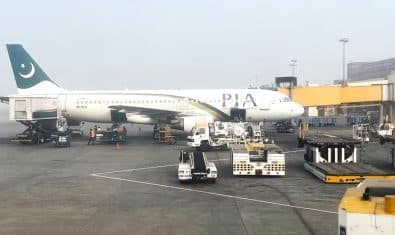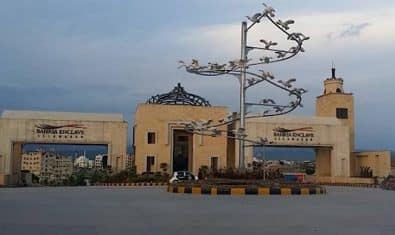As the gas deficit during this winter season is likely to reach 1.35 billion cubic feet per day, the Petroleum Division is set to seek over Rs. 100 billion from the Finance Division to inject re-gasified liquified natural gas (RLNG) into the domestic sector for the winter season of 2022–23, according to a report by a national daily.
The report stated that a summary is being prepared for the Economic Coordination Committee (ECC) in this regard. It added that the cost of RLNG in the domestic sector amounted to Rs. 108 billion for the last four winter seasons, and the amount is still to be collected.
The Petroleum Division will also ask the ECC to issue guidelines to the Oil and Gas Regulatory Authority (OGRA) to include the diversion cost in the normal revenue requirements of Sui Northern Gas Pipelines Limited (SNGPL) and Sui Southern Gas Company (SSGC).
The current price of natural gas is Rs. 400 per MMBTU, while the cost of RLNG is Rs. 3,100, the Petroleum Division wants consumers to pay the difference through the revenue requirements of the gas utilities, said the report.
RLNG has been renamed as gas and is no longer referred to as a petroleum product under the amended act, allowing its cost to be recovered from domestic consumers. The Rs. 100 billion RLNG cost must be paid in order to ensure a constant supply of high-pressure gas in the winter season to domestic consumers. The country’s gas sector already has a circular debt of Rs. 1,500 billion, it will pile up more debt in case the Rs. 100 billion is not paid.
For the current winter season, SNGPL’s gas load management has been finalized in an innovative way based on media management, risk mitigation, and reward-based systems.
The gas availability in the SNGPL would remain at around 1,520 mmcfd, including 779 mmcfd of local gas and 750 mmcfd of RLNG, against the demand of 2,100 to 2,500 mmcfd.
Similarly, the SSGC system would have 925–1,000 mmcfd of gas available against a demand of 1,250–1,500 mmcfd, and the estimated gas deficit is likely to be around 250–350 mmcfd.
Gas supply to non-export industries is highly likely to be made zero, and if the winter turns severe, the gas supply to the export sectors’ captive power plants is also likely to be stopped.





















